Winter Garden Prep: Your 4-Step Checklist for a Thriving Spring
Picture yourself stepping into your garden next April, watching as carefully tended plants burst into vibrant life after months of dormancy. This vision becomes reality when you invest time in proper winter preparation—those crucial tasks that transform a struggling garden into a spectacular spring showcase.
Many gardeners eagerly tackle the exciting jobs like planting new varieties and pruning flowering shrubs, but it's the less glamorous winter maintenance that truly separates thriving gardens from disappointing ones. These essential tasks might not provide instant gratification, but they're the foundation of every beautiful spring garden.
UK weather conditions make winter preparation particularly crucial. Our unpredictable climate—from sudden temperature drops to prolonged wet periods—can wreak havoc on unprepared gardens. The difference between a garden that merely survives winter and one that emerges stronger lies in four key areas of preparation.
This guide walks you through the essential winter tasks that protect your garden investment and set the stage for spectacular spring growth. From tool maintenance to infrastructure checks, each step builds toward a garden that's ready to thrive when warmer weather returns.
Why Winter Garden Maintenance Matters More Than You Think
UK winters test every garden's resilience. Gardens that skip proper winter preparation often face extensive damage that could easily be prevented with a few hours of focused effort. The harsh reality is that unprepared gardens require significantly more time and money to restore come spring.
The science behind winter garden care reveals why these tasks are so crucial. Clean, properly maintained tools prevent the spread of diseases between plants, while well-maintained structures protect valuable plants from wind damage and waterlogging. Sharp cutting tools create clean wounds that heal quickly, reducing the risk of infection during vulnerable winter months.
Research shows that gardens receiving thorough winter preparation recover 3-4 weeks faster in spring compared to neglected ones. This earlier start translates into longer growing seasons, healthier plants, and better yields for vegetable gardens. Professional landscapers report that properly winterised gardens require 40% less intervention in spring, allowing gardeners to focus on planting and enjoying rather than repairing damage.
Consider two neighbouring gardens: one receives comprehensive winter care while the other is left unprepared. Come spring, the winterised garden shows strong, healthy growth with minimal plant losses. The neglected garden struggles with damaged structures, diseased plants, and soil compaction issues that take months to resolve. This difference compounds year after year, creating increasingly stark contrasts in garden quality and enjoyment.
Essential Tool Care: Your Garden's Best Investment
Clean, sharp tools aren't just about efficiency—they're fundamental to plant health and disease prevention. Dirty tools carry pathogens between plants, spreading problems throughout your garden. Properly maintained equipment performs better, lasts longer, and makes every gardening task more enjoyable.
Start your tool maintenance by gathering all cutting implements: secateurs, pruning saws, shears, and loppers. Clean each tool thoroughly using warm, soapy water to remove sap, soil, and plant debris. Stubborn residue responds well to white spirit or specialised tool cleaners. Once clean, inspect each tool for damage, rust, or wear that could affect performance.
Sharpening cutting tools requires attention to detail but isn't difficult. Use a sharpening stone or metal file, maintaining the original angle of the blade. Work from the base of the blade toward the tip in smooth, consistent strokes. Test sharpness by cutting a piece of paper—properly sharpened tools slice cleanly without tearing.
Digging tools need different care. Remove all soil and debris, then sand away any rust spots before applying a thin coat of oil to prevent future corrosion. Check wooden handles for splinters or cracks that could worsen during winter storage. Replace damaged handles rather than risk injury next season.
Storage solutions vary based on available space, but principles remain constant. Store tools in a dry location away from ground moisture. Hang cutting tools to protect blade edges, and keep moving parts lightly oiled. A simple tool rack in a shed or garage works perfectly, but even a covered area outdoors provides adequate protection with proper preparation.
Create a seasonal maintenance calendar to spread tasks throughout the year. Clean and oil tools after each major gardening session, sharpen cutting tools monthly during active seasons, and perform comprehensive maintenance before winter storage. This approach prevents overwhelming autumn workloads while ensuring tools remain in peak condition.
Protecting Your Garden Infrastructure
Garden structures work hard throughout the year, bearing the brunt of weather extremes while supporting plants and defining garden spaces. A systematic inspection before winter identifies potential problems while they're still manageable, preventing costly emergency repairs during harsh weather.
Begin with fencing, examining posts for stability and panels for damage. Loose fence posts often indicate deteriorating foundations that will worsen through winter freeze-thaw cycles. Test each post by pushing firmly—any movement suggests the need for immediate attention. Replace rotting timber posts or reinforce wobbly metal ones with additional concrete.
Trellises and plant supports require careful inspection since they bear significant weight from climbing plants. Look for loose fixings, cracked timber, or bent metal components. These structures face their greatest test during winter storms when bare branches catch wind like sails. Strengthen weak points now rather than discovering failures after storm damage.
Check all garden structures for drainage issues that could cause problems during wet winter months. Ensure water flows away from foundations and doesn't pool around wooden structures. Clear blocked drains and gutters that could overflow onto garden areas, potentially waterlogging plant roots or undermining structural foundations.
Garden furniture and ornamental features need protection from winter weather. Move delicate pieces to covered storage, or invest in quality covers for items remaining outdoors. Metal furniture benefits from a coat of protective wax, while wooden pieces may need treatment with appropriate preservatives.
Create a downloadable inspection checklist covering all garden structures. Include specific items like gate hinges, shed roofs, greenhouse glass, and pathway surfaces. Work through this list methodically, noting any issues requiring immediate attention versus those that can wait until spring. This systematic approach ensures nothing important gets overlooked.
Hose Care and Water Management
Proper hose care prevents expensive damage while ensuring reliable watering systems when growing season returns. UK winter temperatures regularly drop below freezing, and water left in hoses expands when frozen, splitting even high-quality hoses beyond repair.
Start by disconnecting all hoses from outdoor taps and sprinkler systems. Drain each hose completely by lifting one end high while walking the length, allowing gravity to remove trapped water. Coil hoses loosely to avoid kinking, then store in a frost-free location like a garage or shed. Avoid tight coiling that creates permanent bends affecting water flow.
Outdoor tap winterisation protects expensive plumbing from freeze damage. Turn off the internal stop valve feeding outdoor taps, then open the external tap to drain remaining water. Leave the tap open throughout winter to prevent pressure buildup if any remaining water freezes. For taps without internal isolation valves, consider fitting an insulating cover or temporary pipe lagging.
Sprinkler systems require professional winterisation in areas experiencing regular frosts. This process involves blowing compressed air through the system to remove all water from underground pipes and sprinkler heads. Attempting this without proper equipment often leaves water in the system, causing expensive damage when temperatures drop.
Storage solutions for watering equipment protect investments while maintaining organisation. Wall-mounted hose reels keep hoses off the ground while allowing proper drainage. Watering cans stack efficiently in corners, while smaller equipment fits into clearly labelled storage boxes. Good organisation makes spring setup much easier.
Maintain automatic watering systems by cleaning filters, checking drip emitters, and replacing worn components before winter storage. Document any issues discovered during dismantling to avoid forgotten repairs delaying spring installation. Take photographs of complex setups to speed reassembly when growing season returns.
Keeping Your Compost Active Through Winter
Winter composting continues the valuable process of converting garden waste into rich soil improver, but requires different management compared to warmer months. Understanding winter composting science helps maintain active decomposition even when temperatures drop significantly.
Compost microorganisms remain active at lower temperatures, though decomposition slows considerably. The final autumn turn creates the ideal winter environment by mixing materials and incorporating oxygen needed for healthy decomposition. This turn also allows you to assess the current state and adjust the carbon-to-nitrogen ratio if necessary.
Create the perfect winter compost mix using available autumn materials. Fallen leaves provide excellent carbon, while late vegetable harvests contribute nitrogen. Aim for roughly three parts carbon to one part nitrogen, though exact ratios matter less than ensuring good material diversity. Avoid adding diseased plant material or perennial weeds that might survive the composting process.
Temperature management becomes crucial during cold months. Insulate compost bins with straw bales, old carpet, or purpose-made covers to retain heat generated by decomposition. Larger compost heaps maintain temperature better than small ones, so consider combining multiple small piles into one larger system for winter.
Moisture control prevents common winter composting problems. Autumn and winter rainfall can waterlog outdoor compost, creating anaerobic conditions that produce unpleasant smells and slow decomposition. Cover compost with breathable materials like old carpet or tarpaulins that shed rain while allowing air circulation.
Troubleshoot winter composting issues before they become serious problems. Soggy, smelly compost needs more carbon-rich materials and better drainage. Excessively dry compost requires gentle watering and turning to reactivate decomposition. Frozen compost surfaces are normal and don't indicate problems with the system.
Seasonal composting recipes work particularly well for UK climate conditions. Autumn leaves mixed with kitchen scraps create excellent winter compost, while adding occasional handfuls of garden soil introduces beneficial microorganisms. Avoid citrus peels and onion scraps that decompose slowly in cold conditions.
Spring Success Starts with Winter Prep
These four essential areas of winter preparation—tool maintenance, infrastructure protection, water system care, and compost management—form the foundation of every successful spring garden. Each task contributes to overall garden health while preventing problems that could derail next year's growing plans.
The investment of time in these unglamorous tasks pays dividends when spring arrives. Well-maintained tools make every job easier and more enjoyable. Protected infrastructure provides reliable support for growing plants. Properly stored watering equipment functions perfectly when needed. Active compost systems supply rich soil improver exactly when spring planting begins.
Complete these tasks before the first hard frost arrives, typically between late October and mid-November across most of the UK. Create a personal winter prep routine that fits your schedule and garden size. Many gardeners find these tasks surprisingly satisfying—a peaceful way to transition from active growing season to winter's contemplative period.
Make winter preparation an enjoyable annual tradition rather than a dreaded chore. Play favourite music while working, involve family members in age-appropriate tasks, or reward completion with a warm drink and planning session for next year's garden improvements.
Your future self will thank you for this investment when spring reveals a garden ready to burst into life. The satisfaction of watching a well-prepared garden emerge from winter dormancy makes every hour of preparation worthwhile.
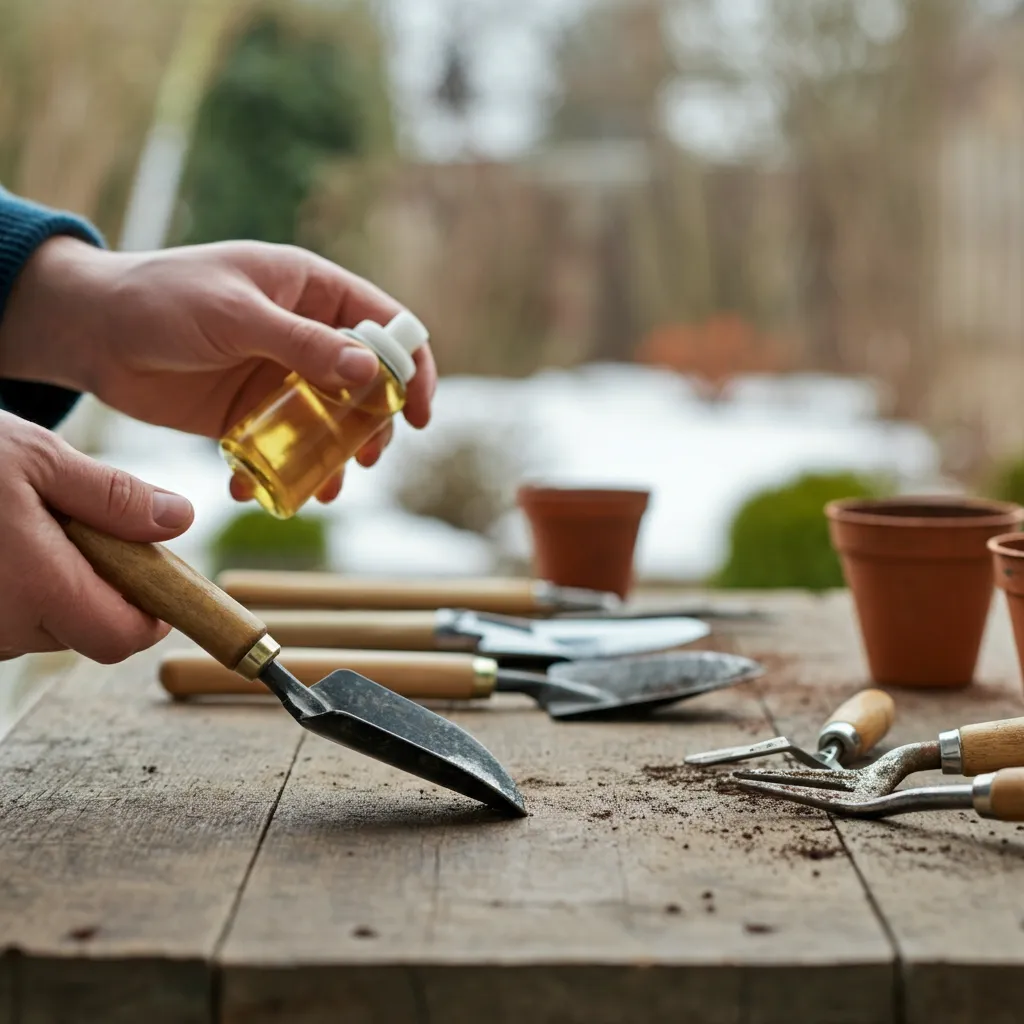
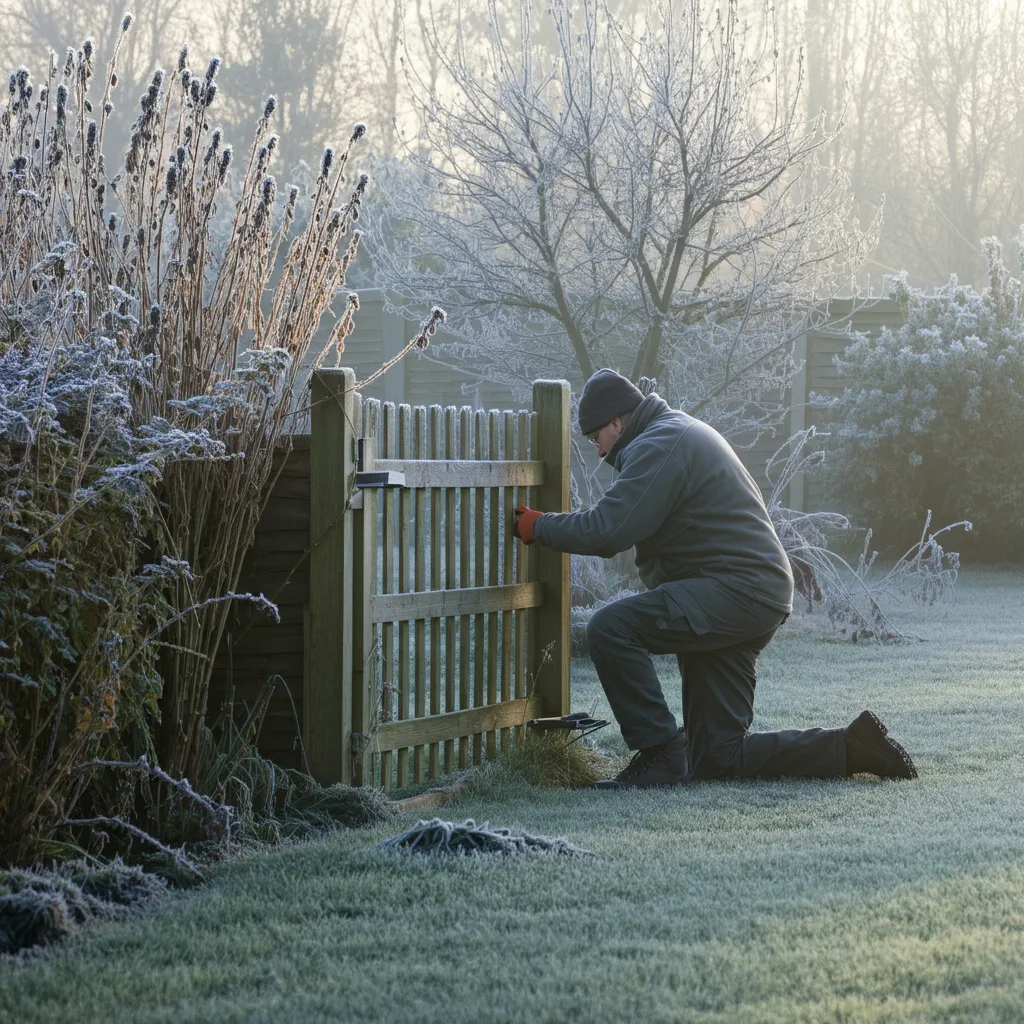
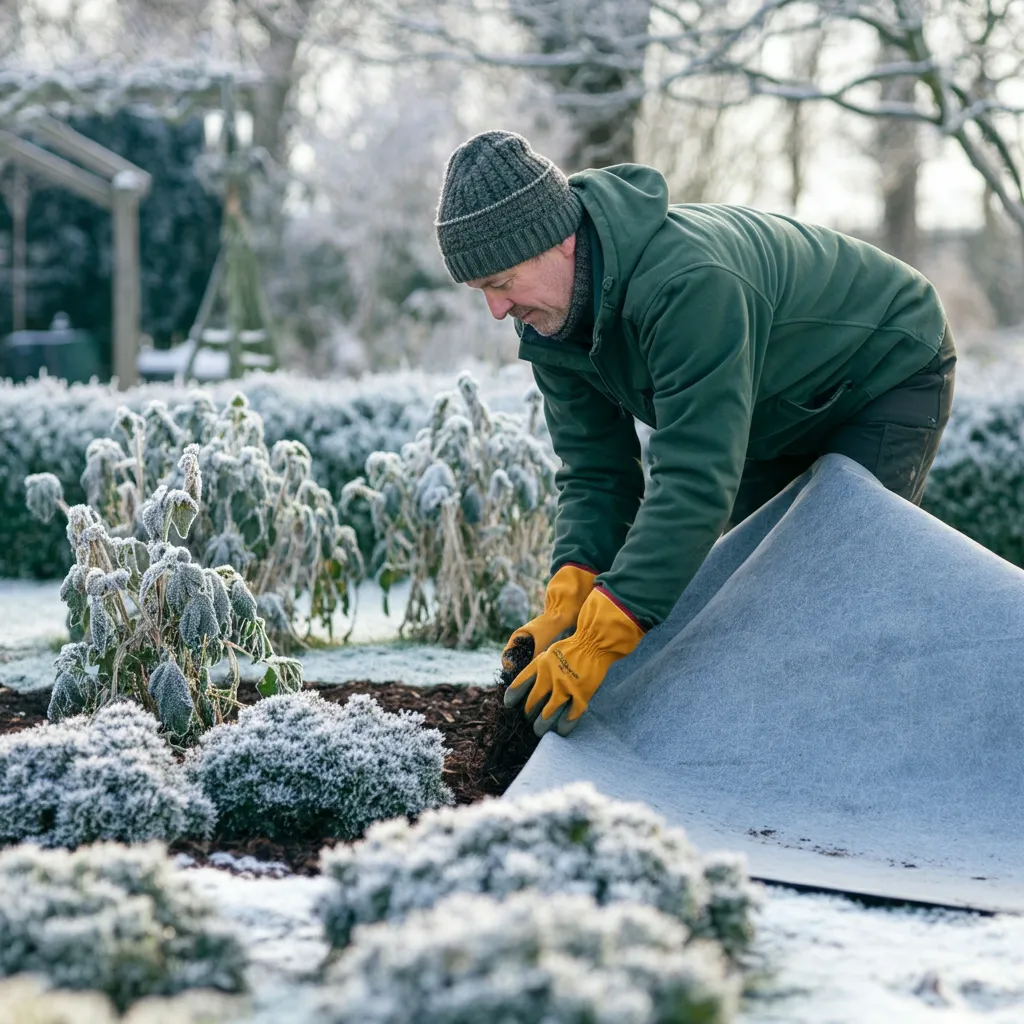
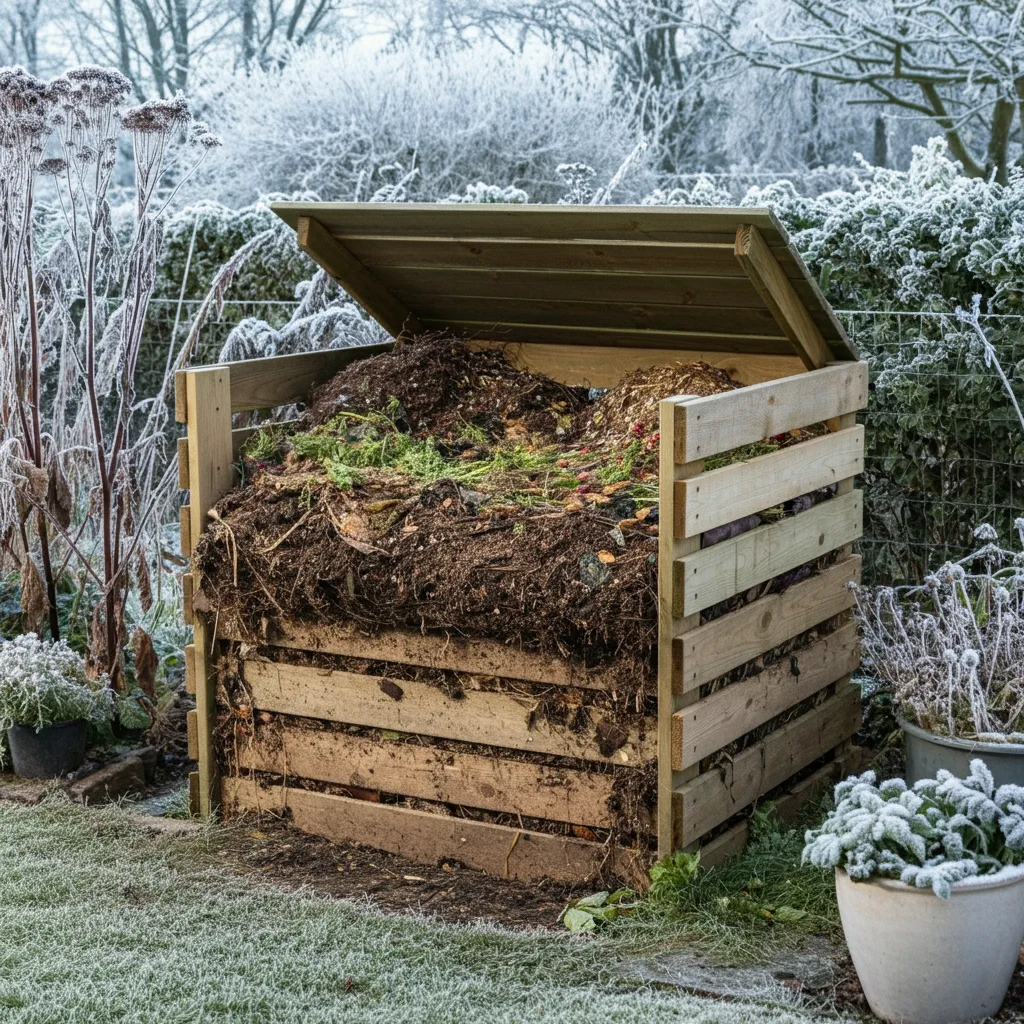
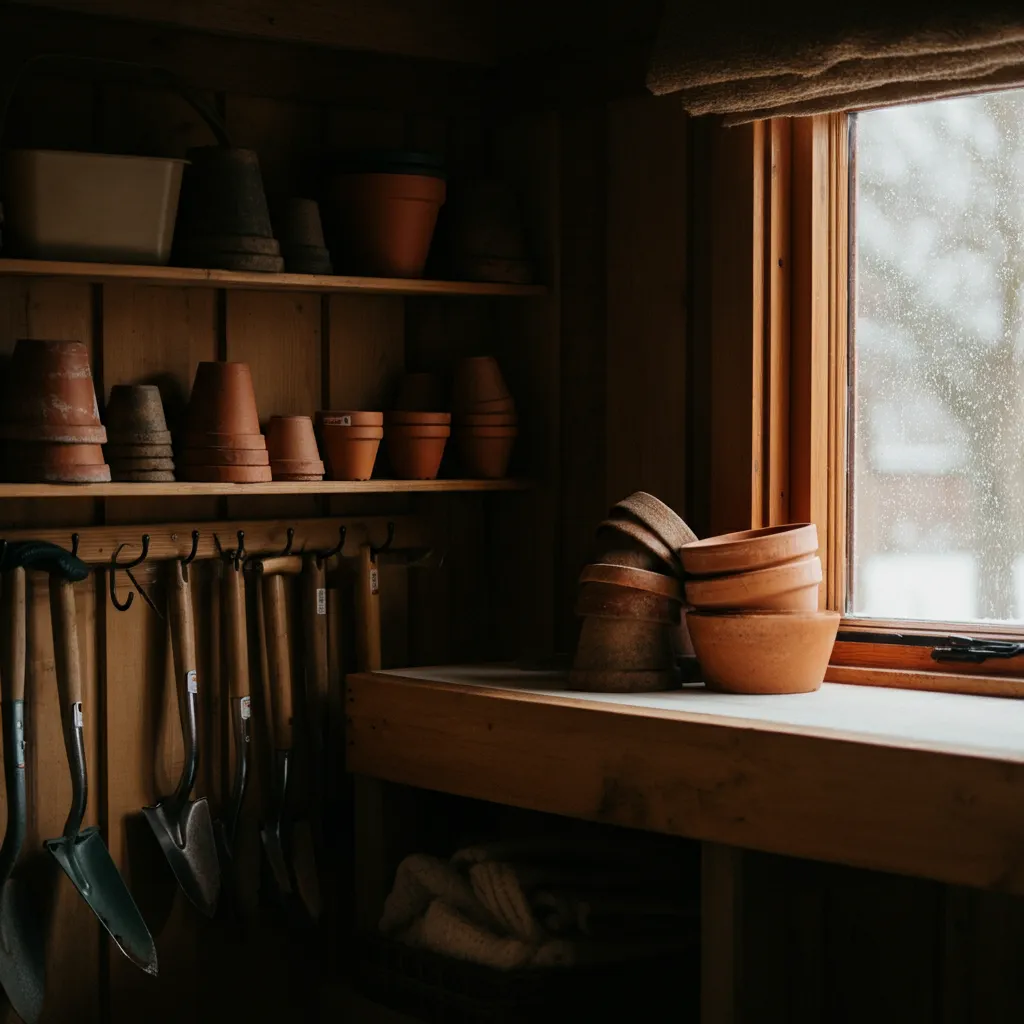











Community Feedback